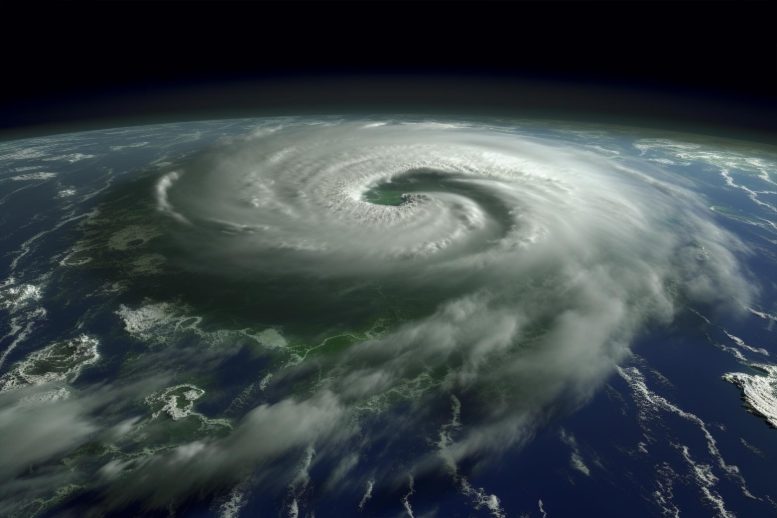
A comprehensive study by the University of Miami has revealed that human-induced aerosol emissions are a primary driver of temperature variations in the tropical Atlantic Ocean. These fluctuations critically influence both rainfall in the Sahel region of West Africa and the occurrence of Atlantic hurricanes.
Researchers found that Atlantic hurricane activity and Sahel rainfall follow aerosol emissions.
A new climate study led by scientists at the University Miami Rosenstiel School of Marine, Atmospheric, and Earth Science found that temperature fluctuations in the tropical Atlantic Ocean temperature is largely driven by human-induced aerosol emissions, impacting rainfall in West Africa’s Sahel region and hurricane formation in the Atlantic.
The findings, published on September 13 in the journal Nature, come in a year when several hurricanes, including Hurricane Idalia, formed within days of each other over the tropical Atlantic.
“Our findings suggest the waxing and waning in Atlantic ocean temperature, hurricanes, and Sahel rainfall are largely driven by human-induced emissions,” said the study’s lead author Chengfei He, a postdoctoral researcher at the Rosenstiel School, “The novel results are hidden in the noise and can only be revealed by new techniques.”
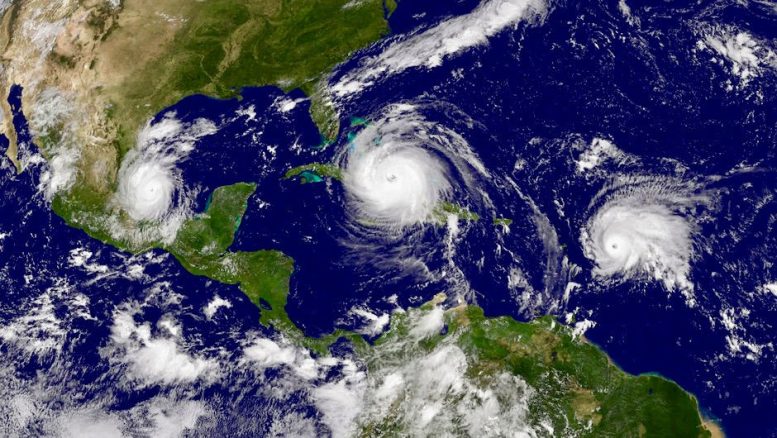
Continuous reduction in human-induced aerosol emissions around the Atlantic, along with ongoing and future warming due to greenhouse gases, suggest there will likely not be a return to the quiet period in hurricane activity in the Atlantic in the decades of the mid-century. Credit: NOAA
Research Methodology and Previous Assumptions
The researchers used a grand ensemble simulation technique that took the average of more than 400 climate model simulations from climate centers worldwide. Like noise-canceling headphones, the technique showed the climate changes resulting from external forcings—a force on the climate system that mainly comes from human activities and volcanic eruptions.
“For a long time, changes in the West African rainfall and Atlantic hurricanes were believed to be driven by natural cycles within the climate system, such as the Atlantic Meridional Overturning Circulation,” said study coauthor Amy Clement, a professor of atmospheric sciences at the Rosenstiel School. “Now we have found that the forced climate changes in our model simulations closely match the real-world observations seen in the tropical Atlantic.”
Historical Impact and Future Implications
The results from these simulations suggest that suppressed Atlantic hurricane activity and a drier Sahel in the decades following World War II were mostly driven by human-caused aerosol emissions. West Africa’s Sahel region stretches south of the Saharan desert from the Atlantic to the Red Sea.
This culminated in drought in the early 1980s with food shortages and diseases resulting in hundreds of thousands of lives lost from West Africa to Ethiopia. The reduction in aerosol emissions after the 1980s resulted in more Atlantic hurricanes and more Sahel rainfall. The results also showed similarities in sea surface temperature, hurricane activity, and Sahel rainfall that closely match what scientists observe in the tropical Atlantic.
The researchers also note that there are many factors that influence the activity in hurricane season, and also that storms can and will occur even if the overall activity of a hurricane season is low.
“Due to the continuous reduction in human-induced aerosol emissions around the Atlantic, along with ongoing and future warming due to greenhouse gases, we suggest there will not likely be a return to the quiet period in hurricane activity in the Atlantic in the decades of the mid-century,” said He.
The study, titled “Tropical Atlantic multidecadal variability is dominated by external forcing,” was published in the September 13 issue of the journal Nature. The study’s authors include: Chengfei He, Amy Clement, Lisa Murphy, and Tyler Fenske from the University of Miami Rosenstiel School, Sydney Kramer and Jeremy Klavans from the University of Colorado, and Mark Cane from Columbia University.
Reference: “Tropical Atlantic multidecadal variability is dominated by external forcing” by Chengfei He, Amy C. Clement, Sydney M. Kramer, Mark A. Cane, Jeremy M. Klavans, Tyler M. Fenske and Lisa N. Murphy, 13 September 2023, Nature.
DOI: 10.1038/s41586-023-06489-4
The study was supported by NOAA (Grant No. NA20OAR4310400), the Climate and Large-Scale Dynamics program of the National Science Foundation (Grant Nos. AGS 1735245 and AGS 1650209), and the Paleo Perspectives on Climate Change program of the National Science Foundation (Grant No. AGS 1703076).

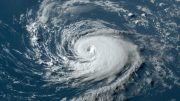

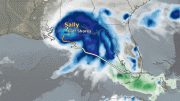
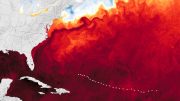
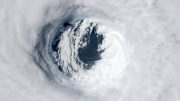
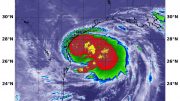
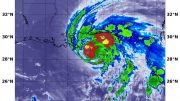
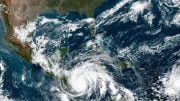
Clear as mud. What do you mean by aerosol emissions? Fly sprays? Deodorant? House polish? or…emissions into the atmosphere by internal combustion engines, jet planes, domestic central heating?
Or are you too frightened to say?
There have been a lot of wild fires that also omit these aerosol gasses and for those of us that need direct answers, cars and factories would have made a lot more sense than human induced aerosols! There is no doubt cars and factories are hurting our environment but it doesn’t seem that with a profit based society anything will ever be done about it.
It is well-known that condensation nuclei are necessary for clouds to form. It seems counterintuitive that reducing [unspecified] emissions will enhance hurricane formation.
Acknowledging that, “The relationship is obscured in a large ensemble of CMIP6 Earth system models, because the models overestimate long-term trends for warming in the Northern Hemisphere relative to the Southern Hemisphere from around 1950 as well as associated changes in atmospheric circulation and rainfall. When the overestimated trends are removed, correlations between SSTs and Atlantic hurricane formation and Sahel rainfall emerge as a response to radiative forcing, especially since 1950 when anthropogenic aerosol forcing has been high.” How trustworthy are conclusions drawn from admittedly faulty models by trying to work around the known problems? It seems to me that the proper approach would be to re-work the models so that they no longer “overestimate trends.”